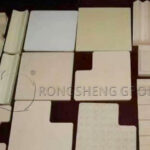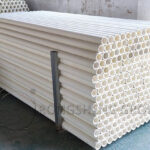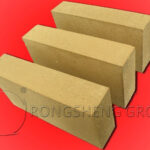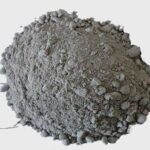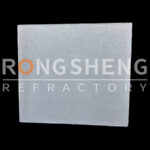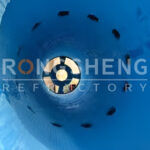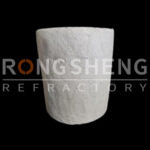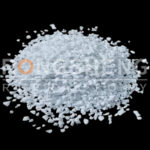Construction and Repair of Regenerator Checker Bricks
With the advancement of the times, reducing consumption and improving production efficiency have always been the primary goals of major enterprises. In the field of high-temperature industry, regenerative industrial grid bricks are widely recognized and accepted as a heat-carrying and heat-storage body with many superior thermal properties such as strong heat exchange capacity, large heat storage area, smooth ventilation, and low resistance. Checker bricks are a heat transfer medium used in blast furnaces hot blast furnace regenerators, coke oven regenerators, glass kiln regenerators, etc. Checker bricks are usually arranged in an orderly manner in the regenerator. It plays the role of heat storage during the “burning period”. During the “air supply period”, the cold air is heated into hot air through convective heat exchange and radiation heat exchange.
Basic characteristics of regenerator checker bricks
- It has a plurality of transparent holes parallel to the side surfaces, as well as positioning protrusions and positioning grooves located on the two parallel surfaces.
- Good volume stability, excellent creep performance under high-temperature load, high density, and low porosity. Modern blast furnace hot blast stoves usually adopt a checkered brick regenerator structure.
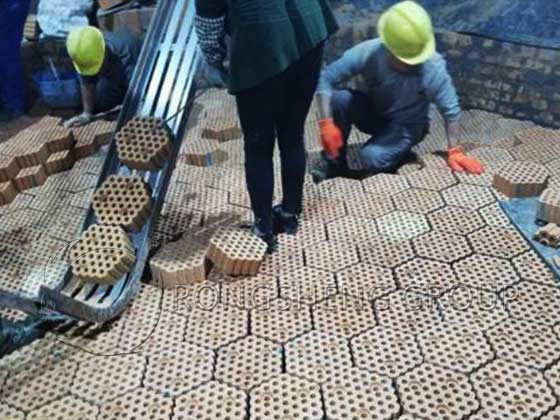
Construction of Checker Bricks in Hot Blast Stove Regenerator
(1) The regenerator checker bricks usually use seven-hole checker bricks. During masonry construction, each layer should be arranged in a staggered manner, and the upper and lower grid holes should be aligned.
(2) The checkered bricks around the edges of the masonry and at the joints of the walls should be pre-processed according to the designed dimensions before masonry. During construction, the processed checker bricks will be laid in sequence according to the construction drawings. Be careful not to process checker bricks in the furnace. When building the wall of an internal combustion hot blast furnace with the furnace shell as the guiding surface, checker bricks can be processed appropriately in the furnace while taking protective measures.
(3) Before laying checkered bricks, the cross center lines should be drawn at the four angular directions of 0°, 90°, 180° and 270° of the wall masonry. Then pull out two rows of masonry center lines on both sides of the 90° and 270° lines, with the center column being the first row of masonry center lines.
(4) The checkered bricks on the first floor should be dry laid and laid in advance. The bricks can be laid formally after the center grid position is verified to be accurate and qualified. After the masonry is completed and it is confirmed that the surface flatness of the masonry meets the requirements, the second layer of checkered bricks will be laid.
(5) Each layer of checkered bricks is controlled according to the three rows of masonry center lines pulled out from the fence. Starting from the center line of each layer of checker bricks, lay the cross row of center bricks first. Then build the bricks along the four angles in the direction of the furnace wall.
(6) Allowable deviation of expansion joints between adjacent checker bricks
- 1) Clay checker brick: 4mm;
- 2) High alumina checker brick: 8mm;
- 3) Silica checker brick: 12mm.
Use yellow cardboard or foam plastic board to fill the expansion joint tightly. Before filling, process the board according to the reserved size and thickness of the expansion joint. Then when the checker bricks are being laid, the expansion joint plates are tightly attached to the sides of the checker bricks. Carry out simultaneously, build, and paste at the same time.
(7) After the first layer of checker bricks is completed, the processed checker bricks at the edge positions are laid in sequence. And check to confirm compliance.
(8) The expansion joint between the checker bricks and the furnace wall should be reserved according to the design and construction requirements. Use wooden wedges to wedge the expansion joint tightly.
(9) After the checker bricks are laid, clean the construction area. Check the hole position and smoothness of the grid holes again. If the electric light can pass through the grid hole or the inspection tool passes through the full height of the grid hole, the grid hole will be regarded as qualified.
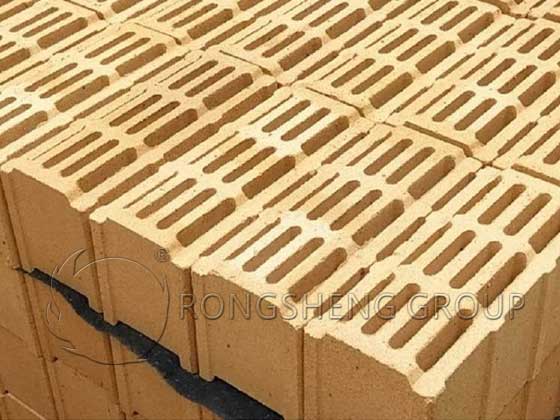
Coke Oven Regenerator Checker Brick Construction Process
- After the furnace body is completed, blow air to clean the secondary grooves on the roof of the regenerator. Mark the control line between the central partition wall and the sealing wall on the regenerator wall.
- Blow the checker bricks clean with compressed air and start preparing to lay the checker bricks.
- When the first layer of checker bricks is dry-layed, check the location and stability of the checker bricks before dry-laying the lower layer of checker bricks.
- The checkered bricklayer after the second layer should be stepped back from the central partition wall to the furnace head.
- Always check whether the holes of each layer of checker bricks are unobstructed, and the upper and lower checkerboard bricks should be aligned.
- Yellow cardboard can be used to maintain the width and stability of the gap between the grid bricks and the regenerator wall and non-flammable materials must not be used for the padding.
- After the dry-laying of checker bricks in each regenerator is completed and the inspection is qualified, the construction of the regenerator sealing wall begins.
- The regenerator walls and checker bricks of divided regenerator coke ovens should be constructed alternately in sections. Before each section of checkered bricks is dry-layed, the section should be sealed or partitioned, and the wall grooves should be cleaned. During the dry-laying process of checker bricks, pay attention to prevent refractory mortar from falling into the lower checker bricks. Once the dry-laying is completed and inspected to be qualified, immediately cover it with a protective board. The protective board should be set firmly and tightly, close to the wall of the regenerator to prevent refractory mud from leaking into the checker bricks.
Hot Repair Method of Checker Bricks for Glass Kiln Regenerator
After long-term high-temperature operation of the glass melting furnace, the refractory brick for the glass kiln lining and various equipment used have aged to varying degrees. In particular, the checker bricks in the regenerator were seriously damaged and blocked, seriously affecting the atmosphere in the glass-melting furnace. This situation not only increases energy consumption but also causes a large number of quality problems in the glass products produced. Therefore hot repair of checkered bricks is by far the most effective way.
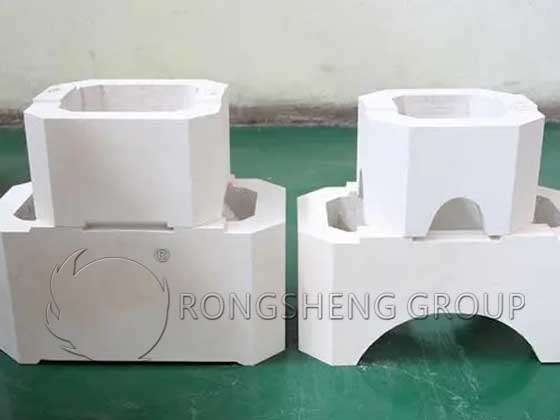
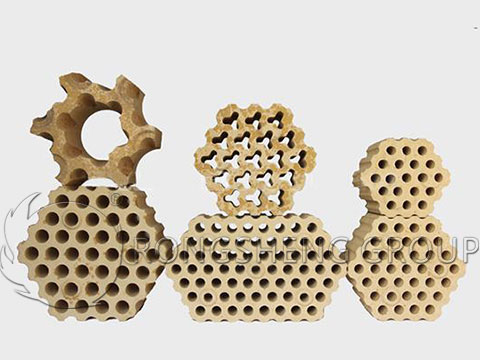
Thermal repair process of checker bricks in the regenerator
- Hot repair preparation
Before hot repair, a specific hot repair plan must be developed. Equipment, tools, and checkerboard tiles should be ready for use. During hot repair, the ratio of raw and clinker should be adjusted, the pulling amount and pressure in the kiln should be controlled, and the temperature should be controlled to ensure the normal production needs of the furnace.
- Replacement of checker bricks
After opening the regenerator, first clean out the old checkered bricks that have worn out inside. Special attention should be paid when dismantling old checker bricks, as the heat storage gradually decreases and the working conditions in the kiln change. The fire exchange should be manually controlled according to the situation and adjusted in time to ensure the hot spot temperature and melting.
Laying out new checkered tiles. The material of the regenerator grid bricks is the same as the original regenerator grid structure. It mainly uses three types: clay bricks, magnesia chrome bricks, and high-purity magnesia bricks. Layer clay bricks, magnesia chrome bricks, and high-purity magnesia bricks from bottom to top. Seal the thermal chamber door and withdraw the water tank. Seal the water tank door.
After the checker bricks in the regenerator are replaced and the door is sealed, it is very important to perform reasonable heating operations and monitor the temperature in the regenerator. During the entire heating process, the principle of “slow heating and no cooling” should be followed.
The effect of thermal repair of checkered bricks in regenerator
After the hot repair of checker bricks in the regenerator, the heat in the regenerator will be stable and the heat energy consumption will be reduced. Glass defects and frying time caused by material problems have been greatly reduced, and fuel consumption has been reduced.
